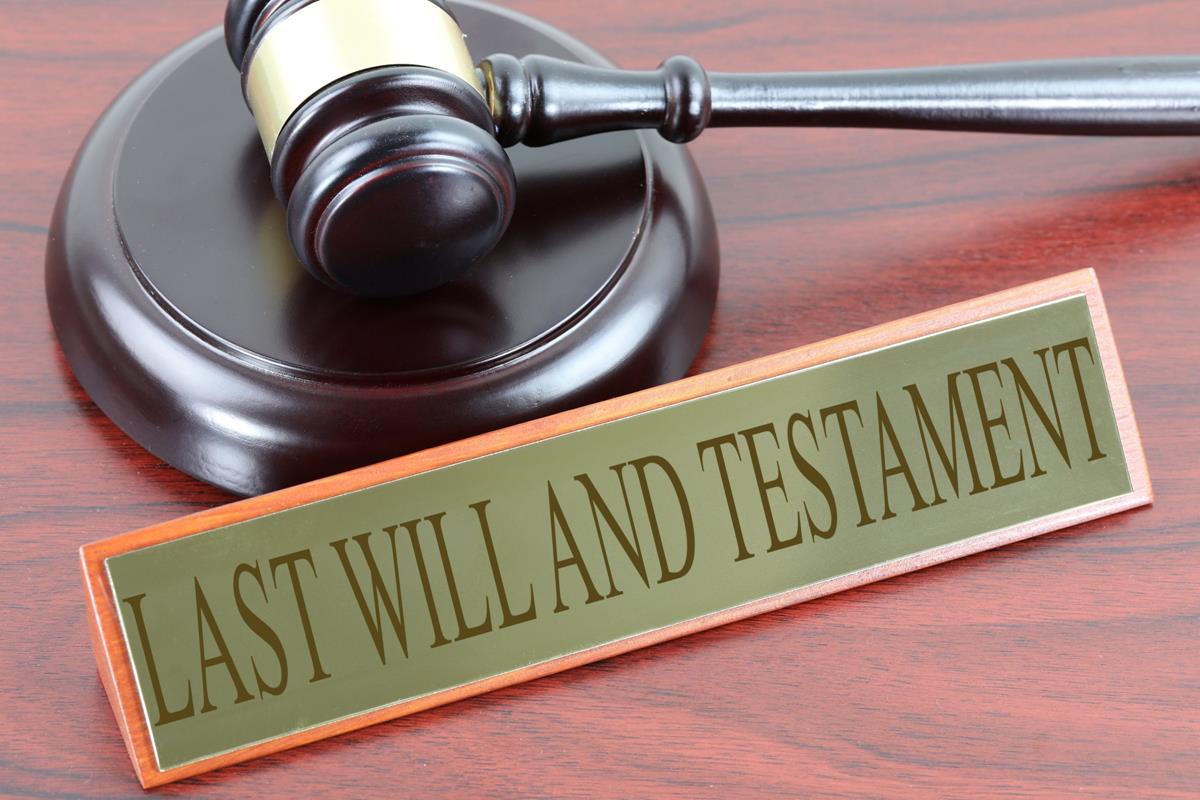How Can a Holographic Will Help You
Summary
– Holographic will: validity criteria
– Holographic will: a notary for the succession
– Cancellation or modification of a holographic will
– Holographic will: the formulas to be respected
The testator writes the holographic will without the intervention of a notary.
During the testator’s lifetime, it is possible to make a will to benefit an heir or a third party to the estate by passing on all or part of the estate.
The testator can choose between several forms of will: holographic will, authentic will or sealed will.
Holographic will: validity criteria
A holographic will is a private document not requiring a notary’s intervention. It is subject to certain conditions of validity.
Beware, not just anyone can bequeath anything to just any beneficiary! The law strictly regulates the conditions relating to:
– the person of the testator;
– the person of the beneficiary
– the value of the legacy.
Form of the holographic will

A holographic will is a handwritten document:
– the testator writes it;
– it is written by hand (handwriting);
– it must include the date (day, month, year) and the signature;
– the name, first name, address and relationship of the legatee must be mentioned;
– the wording must be precise (avoid “I would like to bequeath”, prefer “I bequeath”).
Good to know: when the will is drawn up in this way, it is vital to keep it in a safe place (bank safe, for example). If you are in Springvale, it is possible to entrust it to Felix A Vitiello. They provide legal services in virtually all areas of law, including property law, commercial law, estate litigation and family law.
Content of the will
The testator indicates:
– the beneficiary(ies);
– the part of the estate bequeathed in cash or in kind;
– the distribution of the legacies in the case of multiple beneficiaries.
Good to know: The testator can also specify how their body will be disposed of (burial or cremation) and name an executor.
Note: a will written in English by a person who does not understand English is invalid.
Holographic will: a notary for the estate
The intervention of a notary is mandatory for estates for which the deceased had provided a will.
When the succession is opened, the notary, possibly with the help of the executor, executes the will. The bequeathed property devolves to the beneficiaries.
Good to know: excessive bequests – which exceed the available portion – can be reduced in the presence of heirs with a right to reserve.
Cancellation or modification of a holographic will
A holographic will can be cancelled or modified during the testator’s lifetime by the sole will of the testator.
Modification of a holographic will: procedure
To do so, the testator:
– makes a declaration before a notary;
– draws up a new will, which cancels the old one by operation of law;
– destroys the will: the destruction of the will for cancellation is only possible if the testator is in possession of it.
Cancellation of a holographic will: possible cases
The will can be cancelled at the death of the testator:
– in case of non-compliance with the conditions of form and the conditions relating to the persons of the testator and the beneficiary;
– in case of the ingratitude of the beneficiary;
– in case of non-compliance with the testator’s wishes.
Holographic will: the formulas to be respected
The testator must ensure that his notary must advise him to this effect and that his last wishes are scrupulously respected and not interpreted.
The drafting of a holographic will must be well thought out, and the terms of the document must be both well thought out and precise:
– The testator should begin their holographic will with the phrase “This is my will”.
Good to know: however, according to the law and jurisprudence, this formula is not mandatory to ensure the validity of the holographic will.
– He must scrupulously ensure:
◦ to number and initial at the bottom of each page when the holographic will has several pages, to limit the risks of losing an important page in the whole document;
◦ mention the date of writing.
– If the testator wishes to bequeath movable objects (in this case, he is said to be making a “particular bequest”), he must describe precisely each of the items he wishes to pass on so that there can be no confusion later.
– Finally, the beneficiary or beneficiaries of the holographic will must be perfectly “identified and identifiable” according to the law.
In practice, here are the formulas that are advised and usually used:
– “I bequeath to Mr. (surname, first names in the order of civil status), residing at (precise address), all my movable and immovable property that will exist on the day of my death”;
– I bequeath to Mr. (last name, first names in the order of civil status), residing at (precise address), as a special title, the following property (description as precise and detailed as possible)”.
Good to know: if the testator has previously made a holographic will, and for only the last one drawn up to be taken into account and enforceable, the following formula must imperatively be written at the beginning of the document: ” I revoke all previous dispositions “.

